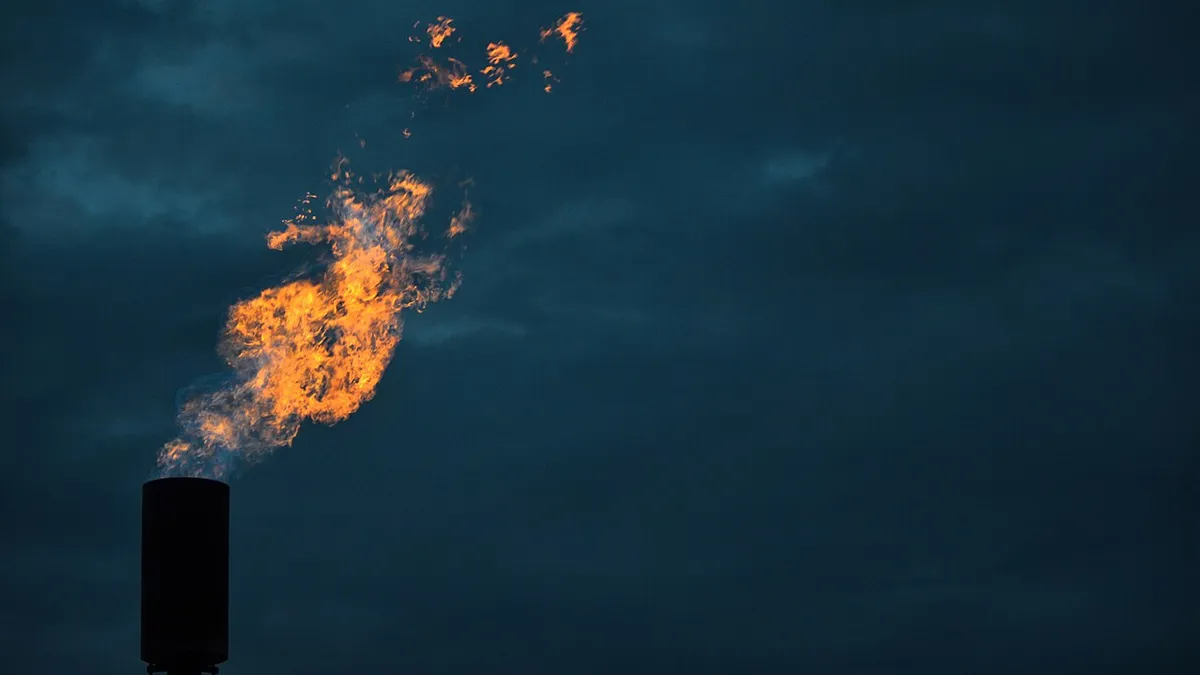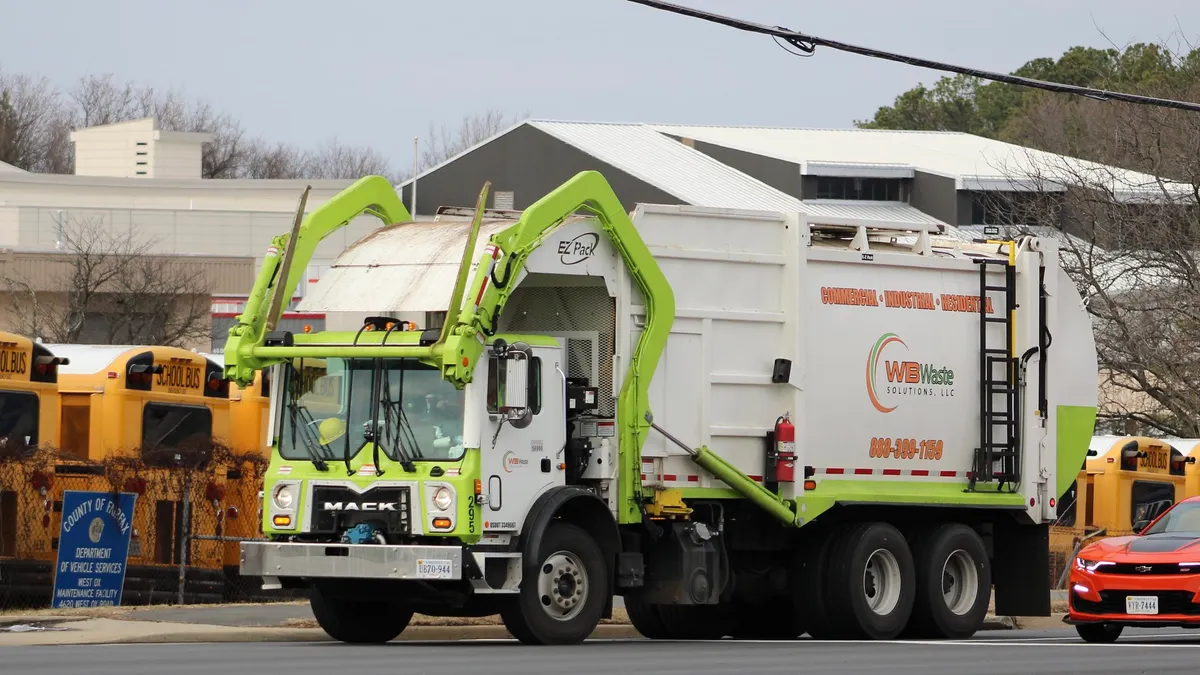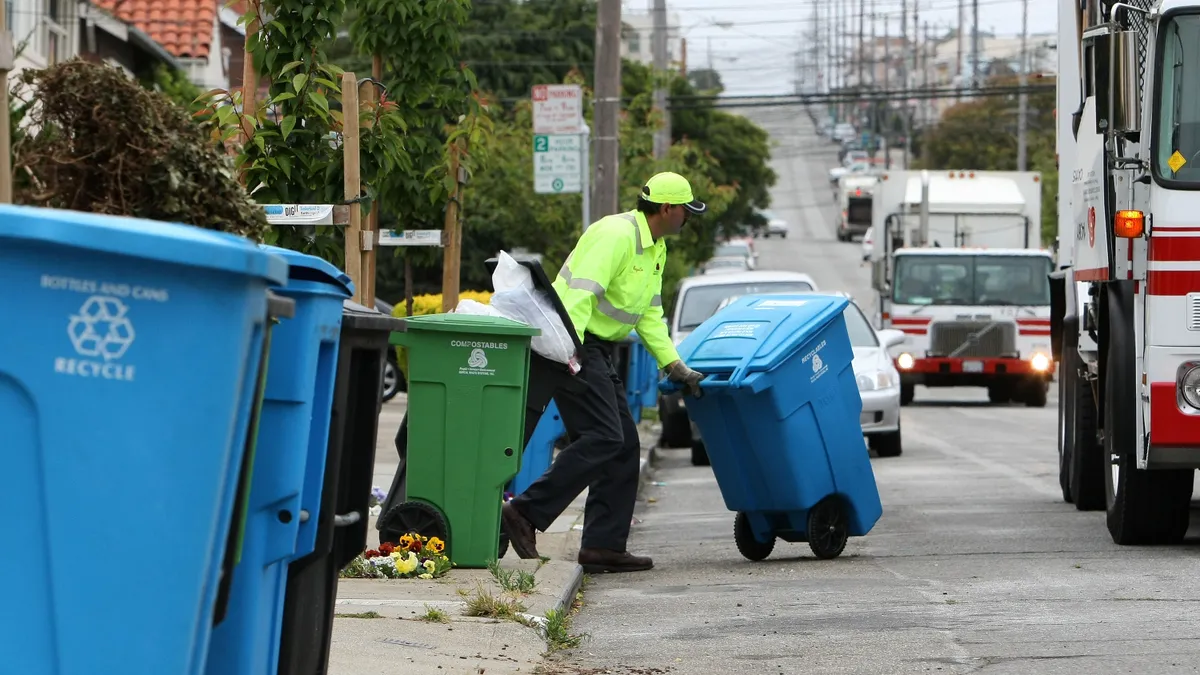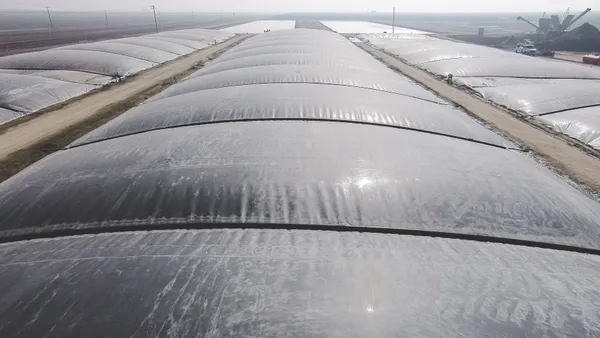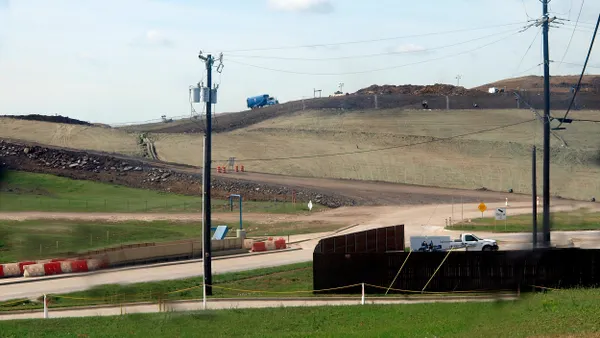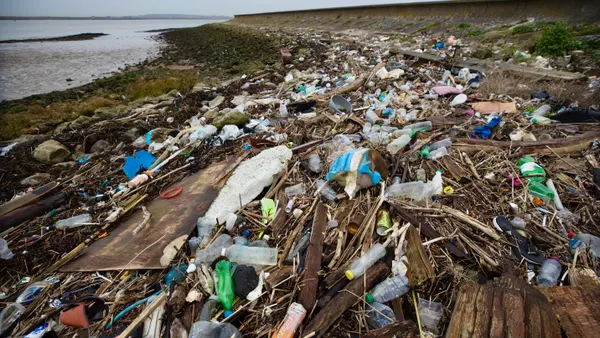Dive Brief:
-
Colorado issued a draft landfill methane regulation last week. The state is one step closer to finalizing standards that exceed federal requirements, bringing it in line with states such as Oregon, Washington and Maryland.
-
The draft includes a series of requirements which would force operators to more closely track and address methane emissions, intended to drive down the sector’s greenhouse gas emissions.
-
Included in the regulation is a plan for the Colorado Hazardous Materials and Waste Management Division to approve third-party remote monitoring technologies for landfills and require operators to address any detected exceedances within five calendar days of notification.
Dive Insight:
Colorado is updating how it regulates landfills as part of its broader plan to address the state's greenhouse gas emissions. The Colorado GHG Roadmap 2.0, released in February 2024, identified landfill methane emissions as a near-term action to help achieve reduction goals. Those goals include a 26% reduction by 2025, a 50% reduction by 2030 and a net-zero target by 2050, all against a 2005 baseline.
The state’s actions occur amid an uncertain federal atmosphere for methane emissions regulations. The U.S. EPA is overdue to update its own landfill standard and announced a plan last year to do so in 2025.
But President Donald Trump's administration has taken a deregulatory approach to emissions, especially programs and regulations that mention or address climate change. The Greenhouse Gas Reporting Program, which landfills have reported to annually for more than a decade, may be rolled back by the U.S. EPA, per an agency announcement.
Against that backdrop, states like Colorado and California are looking to tighten their own climate change initiatives.
The most impactful changes in Colorado's proposed rule, released April 17, are new requirements on landfills that have more than 450,000 tons of waste in place. Landfill owners would need to submit a waste-in-place report that identifies their total waste volume by March 31, 2026. The rule does not apply to landfills that only accept C&D waste or certain landfills that closed before Oct. 31, 1993.
Landfills that meet the waste-in-place threshold must calculate a methane generation rate. Those that generate at least 664 metric tons of methane annually are required to install a gas collection and control system. They also must complete quarterly surface emissions monitoring.
Colorado's draft rule would require landfills accepting less than 200,000 short tons per year to install a gas collection system in active areas within 12 months of waste placement. Landfills accepting more than that rate would need to place floor horizontal gas collectors over the cell lining before waste is placed, and turn those wells on after landfill gas generation reaches a certain rate.
Landfills that generate less than 664 metric tons of methane annually must continue to calculate and submit a methane generation rate each year until they meet the threshold or close.
Landfill operators must also take action if they identify an exceedance greater than 200 parts per million. They are required to begin repairs within three calendar days and complete action no later than five calendar days after detection. If three re-monitoring attempts show continued issues with exceedance, operators also must replace the gas collection well or device that’s causing issues.
The draft rule explicitly incorporates drones as an accepted monitoring technology, following the technique's approval by the EPA in 2022. The draft also allows landfill operators or companies with monitoring technology to submit an alternative monitoring method for approval.
Any monitoring instrument should be calibrated to detect for methane under the rule, rather than volatile organic compounds, as is the case for federal monitoring requirements. Walking patterns for individuals conducting in-person monitoring should also be set at a 25-foot spacing interval rather than the federal standard of 100 feet.
Other new provisions include a requirement to incorporate biocover practices into intermediate covers. Such practices incorporate materials that reduce the amount of methane gas capable of escaping a gas collection and control system and seeping through the cover.
The rule would also sunset most open flares by 2029, with some exemptions.
A coalition of environmental groups led by Industrious Labs, an industrial decarbonization research group, praised the draft rule for including several best practices. But they urged the state to go further in requiring more methane-sensing technology to replace human-led walks of the landfill surface to detect emissions. They argue such technologies can be safer and more comprehensive.
“The proposed landfill methane rule will reduce harmful emissions by closing regulatory loopholes and raising the bar for landfill management practices,” Katherine Blauvelt, circular economy director at Industrious, said in a statement. “I urge [the Colorado Department of Public Health and Environment] to build upon this encouraging step by ensuring comprehensive monitoring for methane leaks utilizing 21st-century technology.”
The Colorado Air Quality Control Commission agreed to hold a rulemaking hearing in August for the draft rule, which could finalize the draft.



